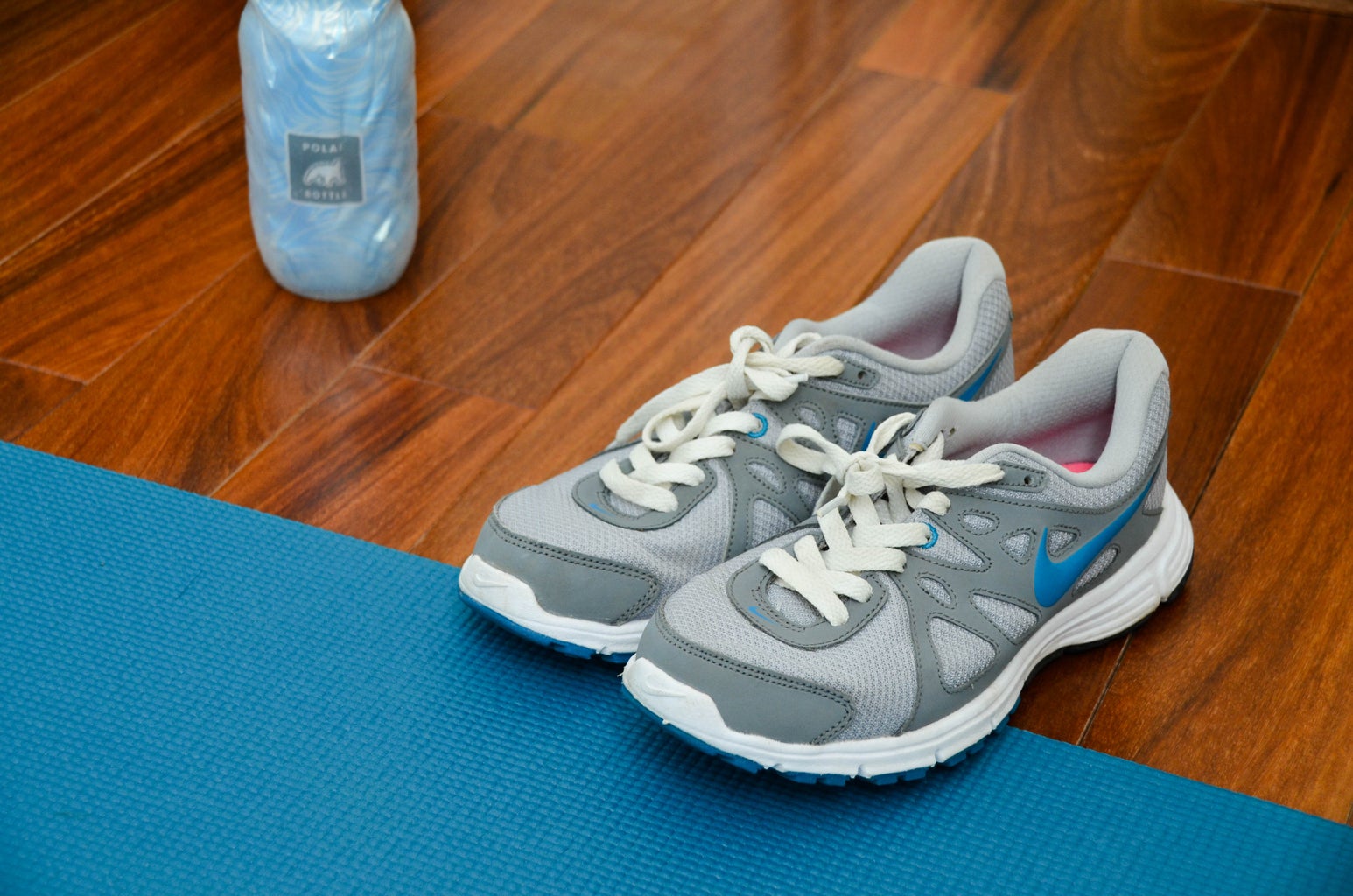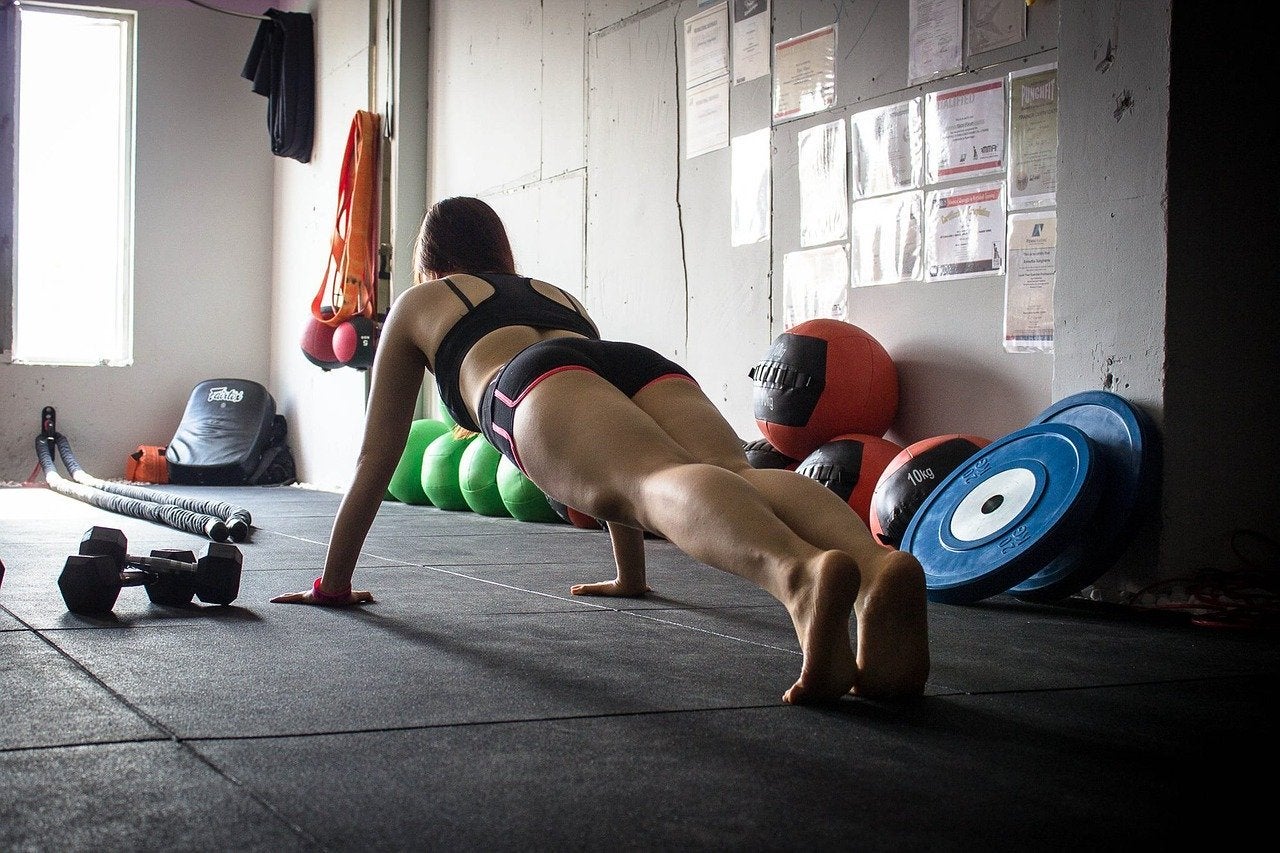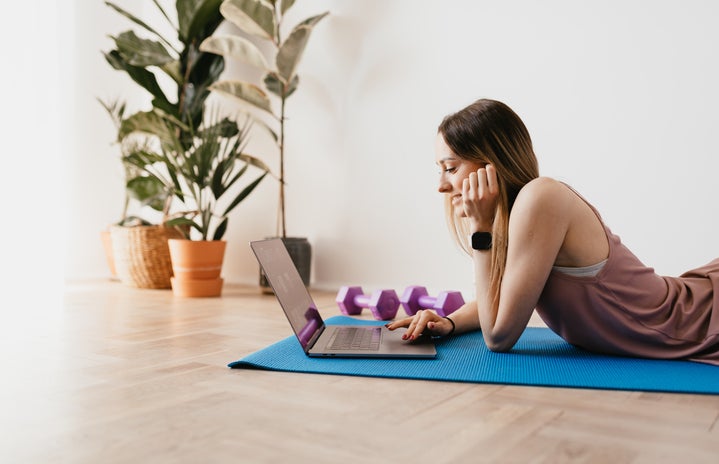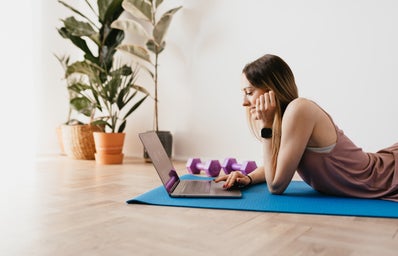Since gyms are closed right now, Chloe Ting and makeshift home workouts have been the go-tos for getting those lovely exercise endorphins. But for those just starting their fitness journey, the pandemic has proved to be a challenge. Aside from motivation and equipment accessibility, it’s difficult to learn the proper form to avoid injuries. So to help you get in shape and avoid getting hurt, here are some do’s and don’ts to keep in mind when working out at home:
DO: Warm up before your workout.
This may seem obvious, but it’s surprising how easy it is to convince ourselves to jump straight into the fun stuff. If you’ve been sitting at your desk in one position all day, which most of us have been doing lately, then your muscles aren’t prepared for the range of motion and strain a workout demands. Imagine your muscles as a rubber band. Normally when it’s warm at room temperature, the band is stretchy and elastic. When you put the rubber band in the refrigerator, though, it gets much stiffer. If you pull too hard, it snaps. So in order to let your muslces thaw, be sure to warm up before exercising!
DON’T: Static stretch during warm-ups.
It’s far too common to see warm-up routines consisting of extensive static stretching, in which you hold stretch positions for an extended period of time with little to no muscle engagement. Although stretching is important before a workout, it should be dynamic. You should either be moving through stretches or doing a stretch that simultaneously requires muscle engagement. Like how a rubber band loses its elasticity after being stretched out for too long, if you hold stretches for too long, it will inhibit your fast twitch muscles from working effectively and increase your chance of injury. However, static stretches are great during cool-down to facilitate increased flexibility.

DO: Familiarize yourself with proper form before and during your workout.
Having proper form during your exercise routine is imperative for injury prevention, but too few YouTube workouts go over them (MadFit’s YouTube channel does a great job at explaining techniques). Make sure you understand exactly which muscle groups the exercise is targeting so you can effectively engage them and keep an eye out for when you’re hurting somewhere you shouldn’t be. Exercises should never hurt your bones, ligaments, or tendons. Take the time to slow down when working out and analyze how you can make your form better. Once you feel confident in the technique, then you can start working on increasing reps and speed.
DON’T: Work out barefoot.
Exercising indoors might make it tempting to work out barefoot, but this can actually be harmful for your body. Your sneakers are meant to provide a layer of protective cushioning so that your exercises are not as jarring to the body. Especially in workouts that require jumping, being barefoot only creates more shock for your ankles and knees. If you don’t normally wear shoes in your home, consider designating a pair of sneakers that you only wear indoors for exercising.

Here are more specific do’s and don’ts for some of the most common at-home exercises:
Lunges
DO:
– Pull your stomach wall in to brace your core. This helps protect your back.
– Drop low enough so your back knee almost touches the ground.
– Keep your upper body quiet and upright.
DON’T:
– Let your front knee drift in front of your toes when you bend. Keep in mind that your front knee should make a 90° angle with your thigh and lower leg when bending.
– Allow either knee to fall in toward your midline. Instead, keep your knees tracking over your toes.
Planks
DO:
– Push your forearms into the ground. This will support and strengthen your shoulders.
– Keep your core tight and your back flat.
– Place your weight evenly between your feet and arms.
DON’T:
– Hike your hips up or allow them to droop. This can be harmful to your back.
– Allow your head to droop. Instead, try looking a few inches in front of your hands.

Push-ups
DO:
– Exhale as you push up from the floor.
– Try different arm positions to target different upper body muscles (i.e. elbows in, wide hands, triangle pushups).
– Keep your legs and back straight.
DON’T:
– Lead with your chest or hip when pushing up. Instead, keep your back completely flat and hold your core.
– Hike your shoulders up to your ear. Instead, keep your neck long and in line with your back.
Now that you’re equipped with some of the fundamentals of working out at home, grab your water bottle, put on some sneakers, and go break a sweat. Good luck!



